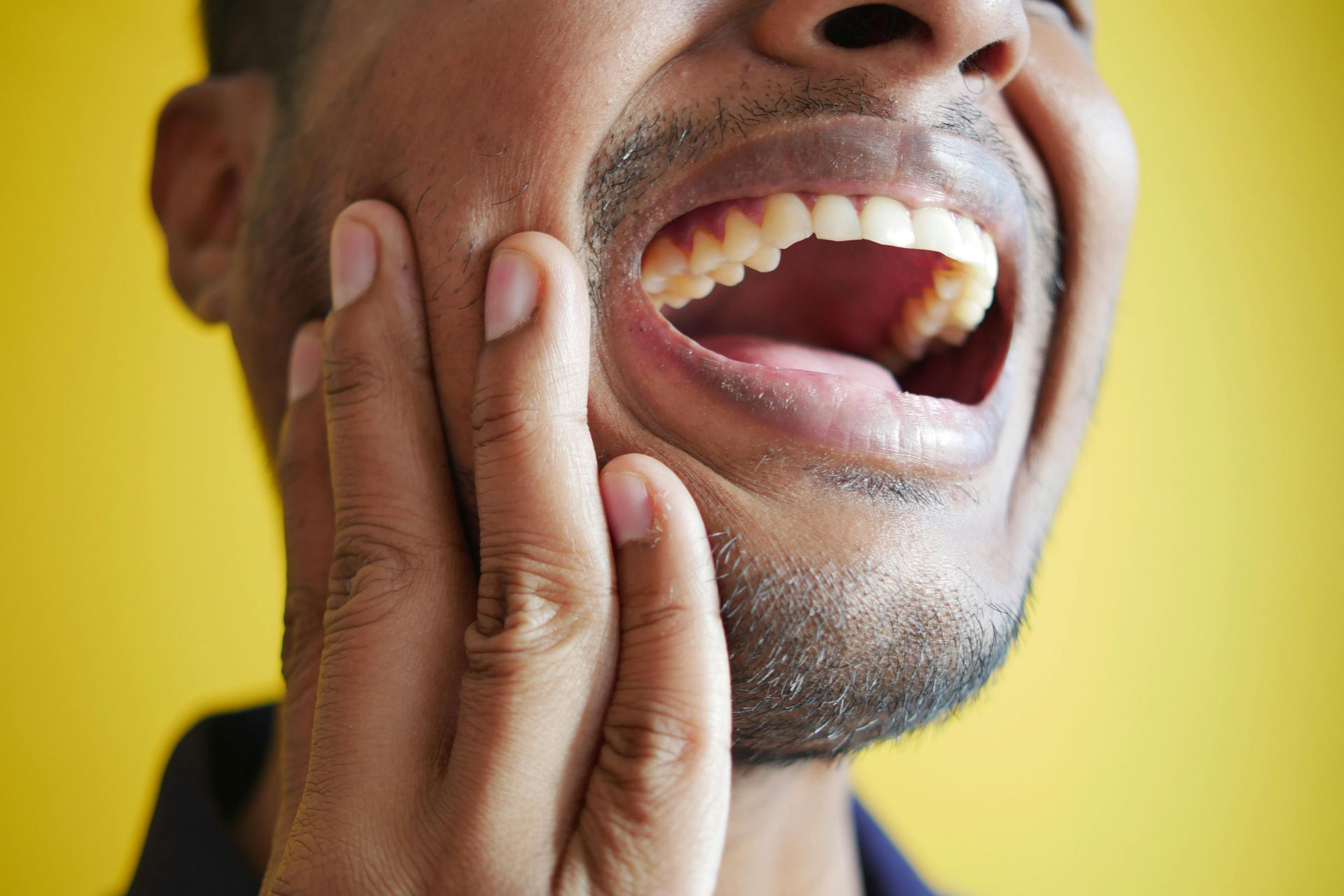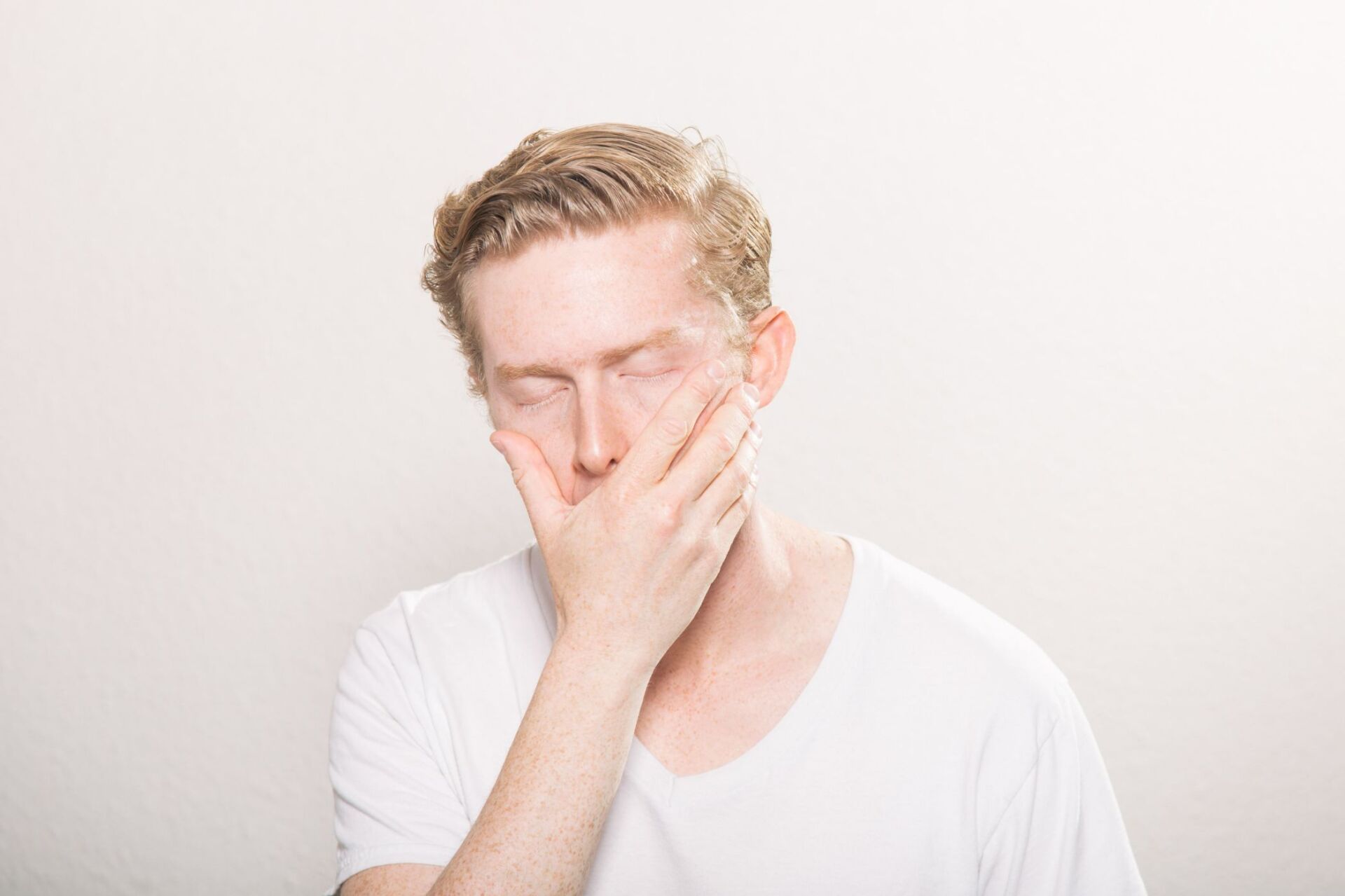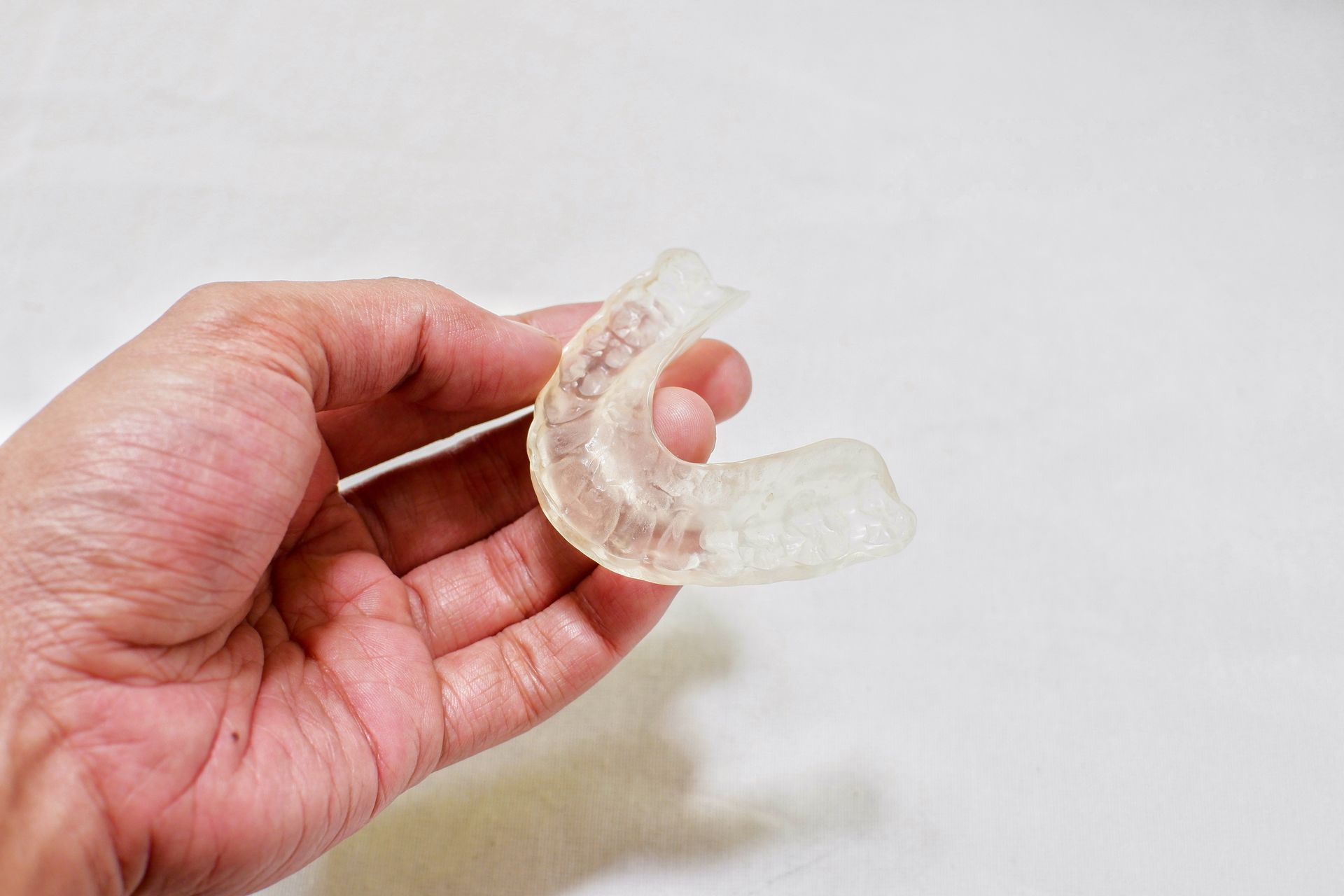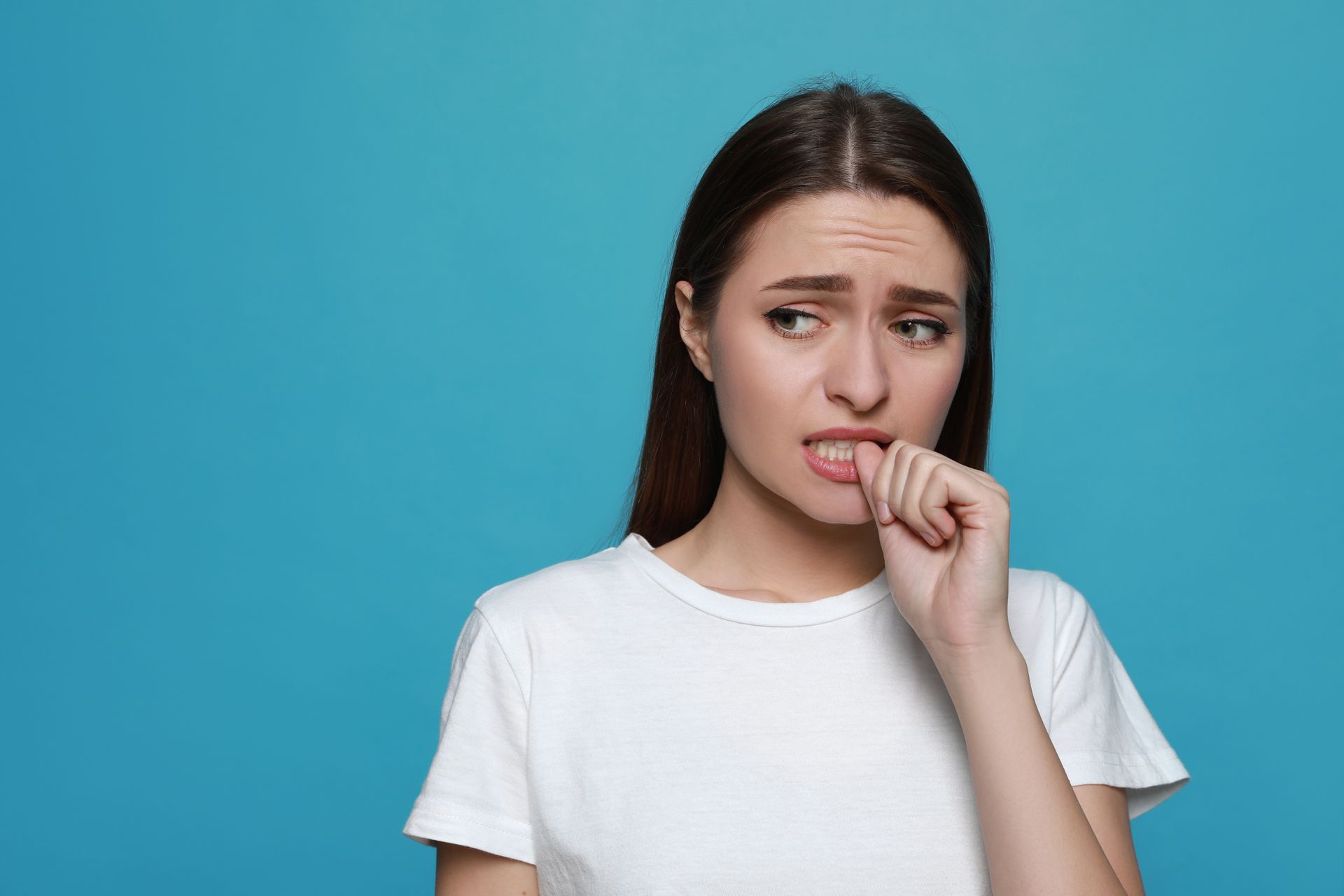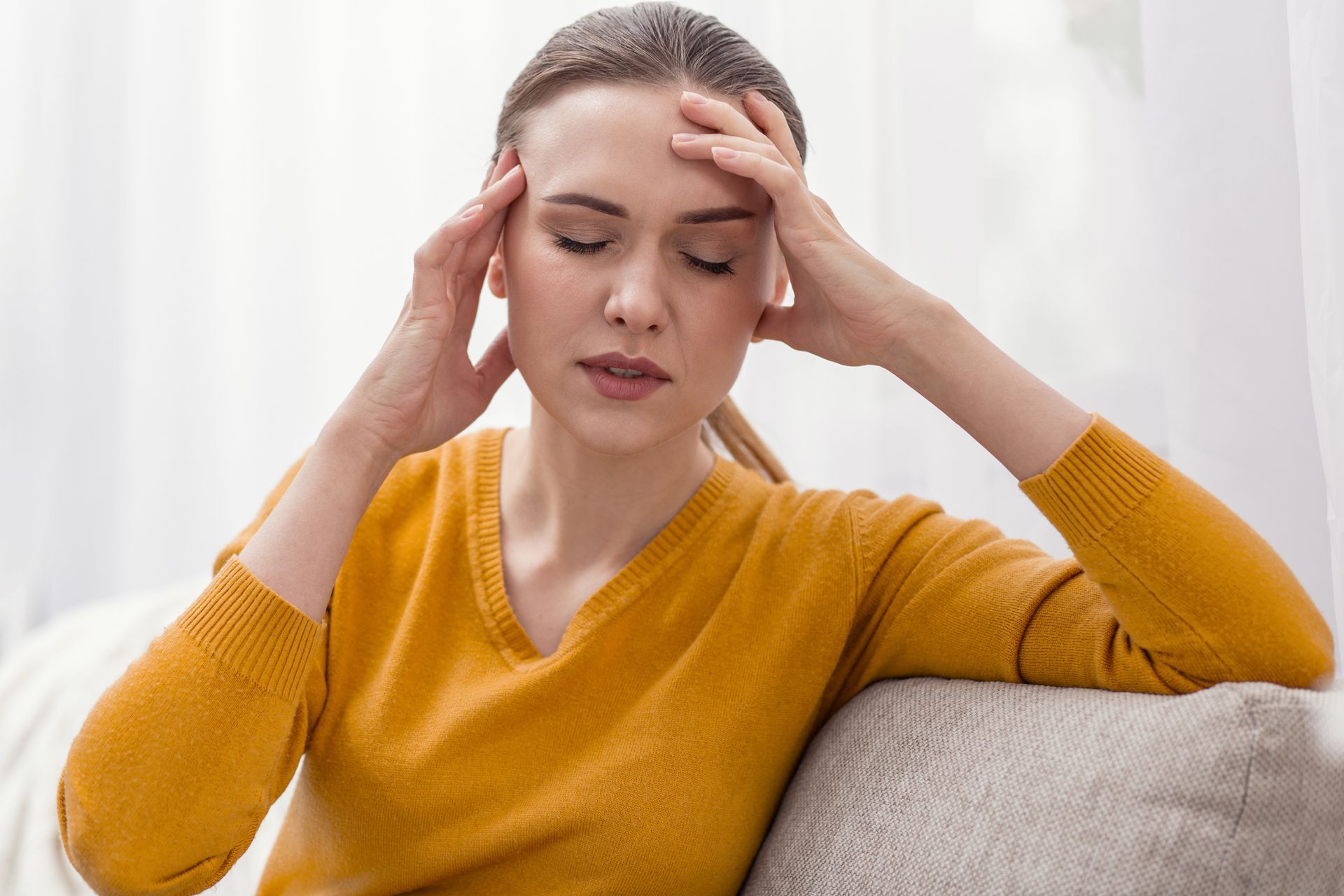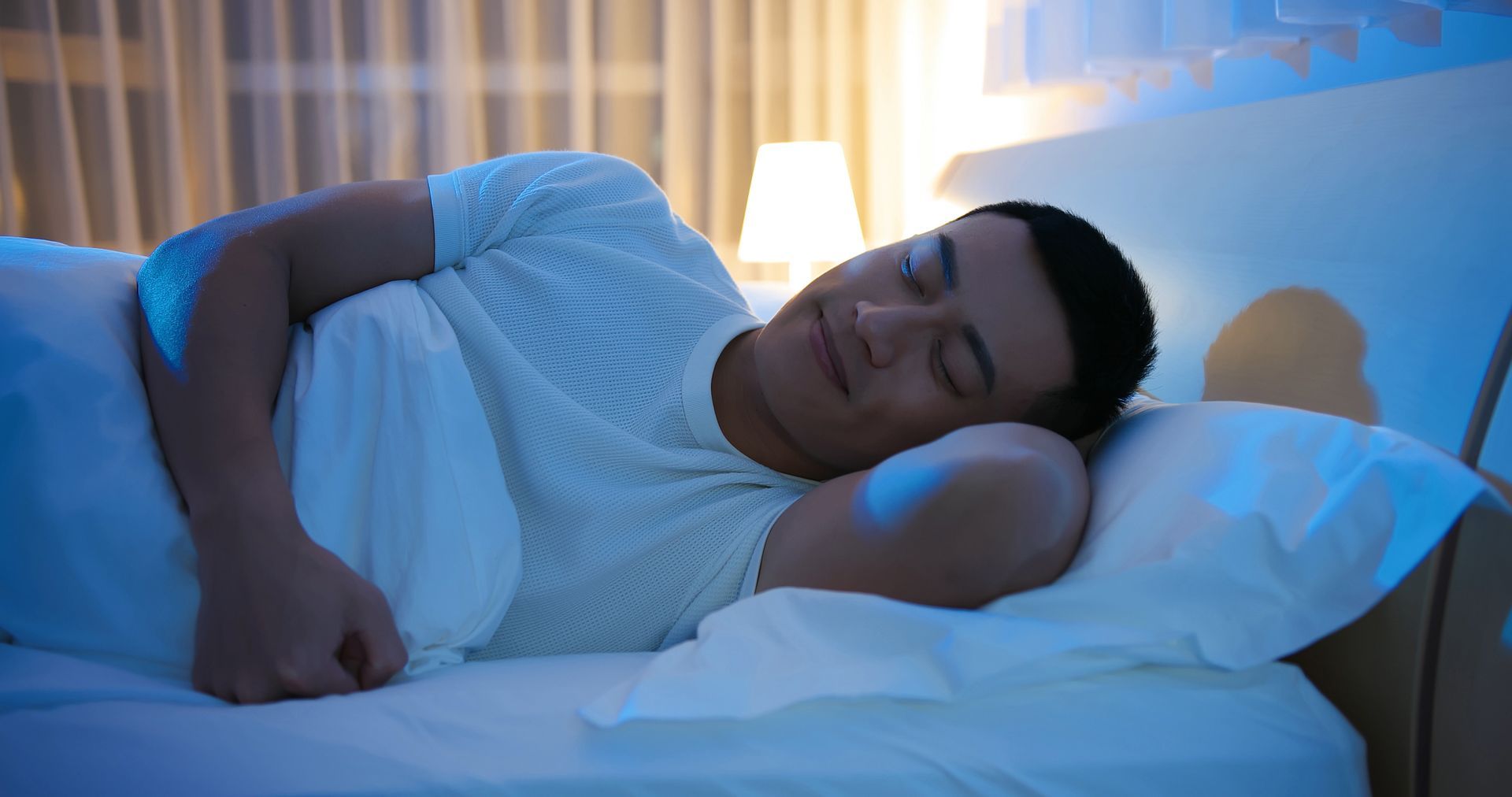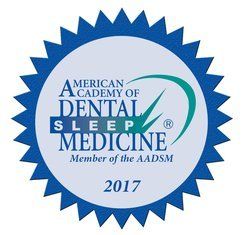Sleep Apnea Headache: Causes, Symptoms, & Treatment Options
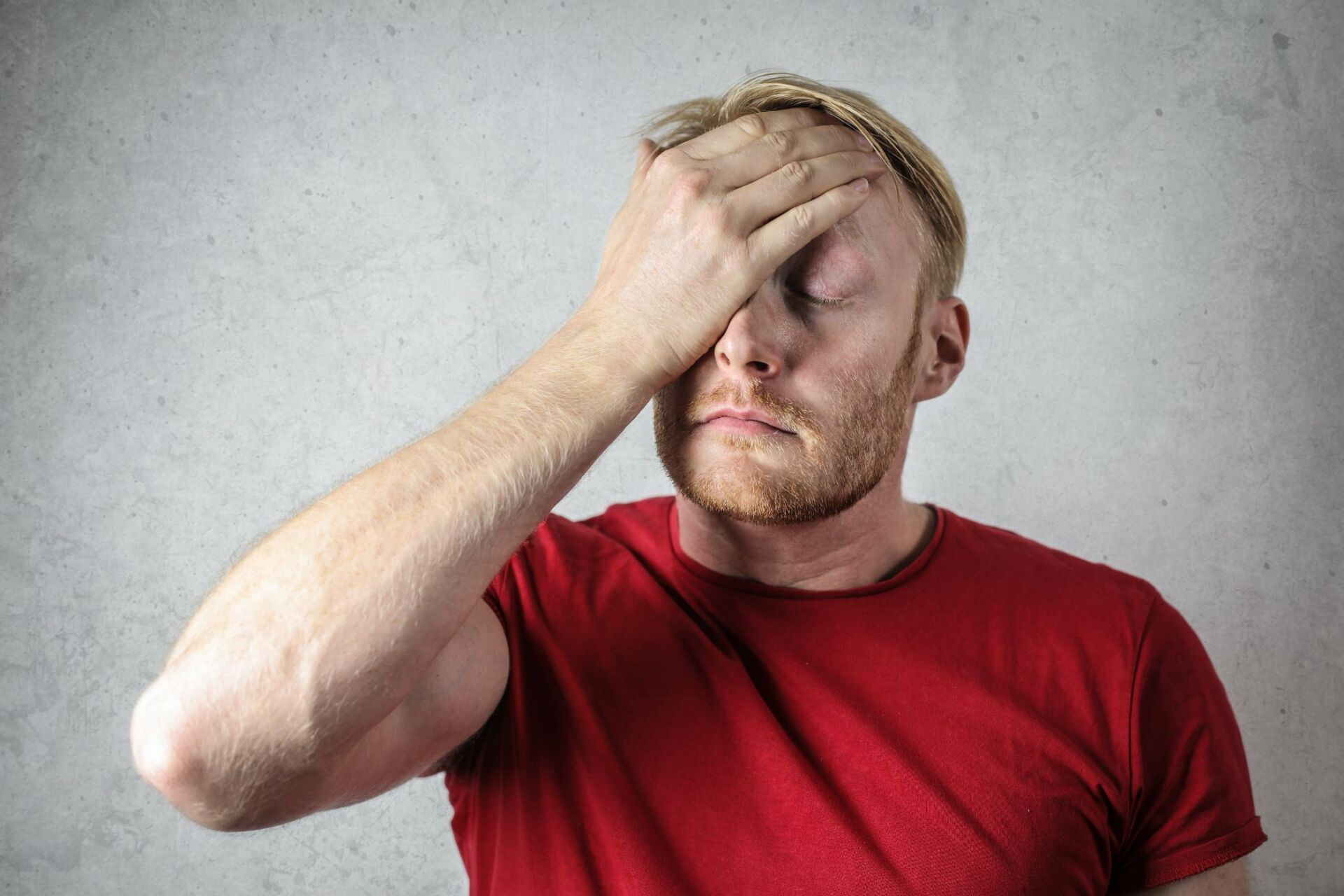
If you wake so frequently with headaches that it feels normal, you might think it's just something about how you sleep, and you'll have to live with it. There's no "normal" reason to wake with a headache after a whole night's sleep. For many people with morning headaches, there is a medical cause called sleep apnea.
While there are three types of sleep apnea, obstructive sleep apnea (OSA) is the most common. Sleep apnea is a condition that causes breathing to stop and restart during sleep. One of the condition's most common symptoms is snoring, but another frequent side effect is morning headaches.
What is a Sleep Apnea Headache?
A headache that occurs as a side effect of sleep apnea is a sleep apnea headache. However, individuals are often unaware they suffer from sleep apnea, so diagnosing the headaches alone can be challenging. Whether or not you have been diagnosed with sleep apnea, the headaches caused by the condition follow a specific pattern. Sleep apnea headaches occur frequently, are characterized by a pressing feeling, and generally subside a few hours after waking. To be diagnosed with a sleep apnea headache, you must have a diagnosis of OSA with an apnea-hypopnea index (AHI) of 5 or higher (you have at least five events per hour).
Because these headaches occur so frequently, they are often confused with migraines. However, there are some critical differences between the two types of headaches. If you're trying to determine whether your frequent headaches are migraines or sleep apnea headaches, consider these fundamental differences between the two:
- Sleep apnea headaches occur upon waking, while migraines can happen any time, day or night.
- Migraines can last from 4 hours to 3 days, while sleep apnea headaches typically disappear a few hours after waking.
- Sleep apnea headaches are typically felt on both sides of the head, while migraines are usually localized to one side.
- Unlike sleep apnea headaches, migraines typically have other symptoms, such as nausea and sensitivity to light and sound.
What Are the Causes of Sleep Apnea Headaches?
Obstructive sleep apnea is a condition that occurs when throat tissue collapses or narrows during sleep, blocking your airways. When the brain senses the interruption in breathing, it wakes you momentarily to restart breathing. These pauses in breathing can occur more than 30 times an hour and last between 10-30 seconds or longer. These events disrupt sleep and deprive the body of oxygen.
Technically, the exact cause of morning headaches in individuals with OSA is unclear. However, there are many reasons the condition could result in headaches. OSA causes continual sleep disruptions, resulting in restless sleep. Often OSA sufferers are unaware of waking or sleeping in abnormal positions. Many sleep apnea headaches are stress headaches caused by sleep disruptions. Yet, another important symptom of OSA is the reduction of oxygen levels in the body. When the airway is obstructed and oxygen fails to enter the body, carbon dioxide builds up in the bloodstream. It causes vessels to dilate—the dilation results in a painful headache that goes away after oxygen levels are restored.
What Are the Symptoms of Sleep Apnea Headache?
Frequent headaches are common among adults, with 1 in 20 experiencing a headache nearly daily. However, these headaches can be caused for various reasons, from stress to alcohol consumption. Sleep apnea headaches have specific symptoms that stand out from typical headaches.
- Headaches occur upon waking at least 15 days out of each month.
- Headaches arise on both sides of the head, and the sensation can be described as pressing instead of pulsing.
- Headaches do not cause nausea or light/sound sensitivity.
- Headaches resolve within four hours after waking.
Treatment Options for Sleep Apnea Headaches
Understanding the reason for sleep apnea headaches does not make them less debilitating. The primary reason for diagnosis is to relieve the symptoms, so sufferers can return to enjoying their lives. Luckily, there are several treatment options for sleep apnea headaches, including:
Lifestyle Changes
- Refraining from sleeping on your back: Sleeping on your back allows the tongue and airway tissue to obstruct the airway easily. Specialized pillows may help you learn to sleep on your side.
- Weight loss: Excess weight can increase apneas by pressing down weight to obstruct the airway while lying down.
- Exercise: Even when weight loss is not achieved, studies show that cardio and weight training type exercise can cut the severity of OSA by 25%.
- Allergy treatment: Allergies create nasal congestion that can block airways and dry out your mouth, increasing apneas.
Medical Solutions
- Continuous positive airway pressure: A CPAP device creates a flow of air pressure when you inhale that is strong enough to keep your airway passages open. The device is prescribed by a doctor, typically after a sleep study.
- Oral devices: Using a lightweight custom-made mouthpiece while you sleep can gently shift the jaw forward to keep the airway open throughout the night.
- Surgery: Surgical procedures that remove a nasal obstruction, and excess tissue from the soft palate and pharynx, reduce the tongue base, or advance the lower jaw can increase airflow and reduce episodes. Additional surgeries can create a passageway for air to get directly to the lungs from the neck or change the palate's shape.
Conclusion
Treating sleep apnea headaches is about more than treating pain and headache symptoms. Instead, it's essential to treat the cause. Left untreated, sleep apnea can lead to hypertension, stress on the heart, and diabetes. The best way to determine how to treat sleep apnea is to start with a medical diagnosis. Following your sleep apnea assessment and diagnosis, you can choose from the lifestyle changes mentioned above, including:
- Lifestyle changes
- Positive airway pressure
- Oral devices
- Surgery
If you think you're suffering from sleep apnea headaches, it's essential to consider ways to treat your sleep apnea. If you know or suspect you have obstructive sleep apnea, find out how Dr. Katherine S. Phillips can help you find relief. Schedule an appointment today. As a board-certified sleep dentist with a Master of Science in Orofacial Pain, her practice treats sleep disorders, including obstructive sleep apnea and TMD. She will develop a customized treatment plan to meet your individual needs best.
-2700x842-1920w.png)






